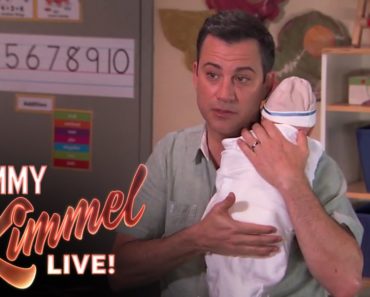Want to know what to expect from your growing baby? These guides share general timelines for developmental milestones and how to encourage new stages of play.
Before you get get started, learn how to calculate your baby’s adjusted age based on their due date and birth date. Much of your baby’s development is tied to time in utero so babies born early may need time to reach full-term development.
What to expect at this stage
Look at this little person in front of you. A personality, a giggle, a one-of-a-kind smile. They quickly weave their way into your heart, don’t they? While you may be comparing your baby to those of friends and family, be mindful that many babies develop at their own pace, and this age is where you may see some of those gaps.
Remember the three Ps: practice, patience, and baby-proofing. Before we hop into this section, this is a gentle reminder to put a child lock on your toilet. You’ll thank us later.
It’s incredible how much can change in such a short period. Many babies are consistently rolling now, ideally to both sides (if not, some baby bodywork can do wonders). Tummy time will (hopefully) be second nature at this age, and your baby will enjoy pushing up into their arms and lifting their head high. For yoga fanatics, think cobra pose.
With a whole world to explore, tummy time will get old quickly, and your baby will likely hit some mini-milestones around now.
Is your baby eyeing your sandwich? Their interest in food is growing…and exploring food, whether purees or solids, is a ton of fun. Your baby may be interested in feeding themselves with a spoon or their hands; this is part of learning and exploration. Yes, it might be messy…but there’s nothing cuter than a baby with spaghetti on its head.
How to incorporate play at this stage
The seven to nine-month age range is also when imitation becomes a big part of play and development.
Now that your baby knows you exist, they may grow anxious when you disappear. Separation anxiety is part of development and may cause clinginess, night waking, difficulty settling to sleep, and even crying when you’re not in sight.
Another thing you may notice around this age is your baby becoming more proficient with their hands and smaller toys. They are beginning to demonstrate the pincer grasp (i.e., using thumb and index finger together), transferring objects between their hands, banging toys together, throwing toys (especially off the high chair), and touching toys or an adult’s hand to restart an activity.

































